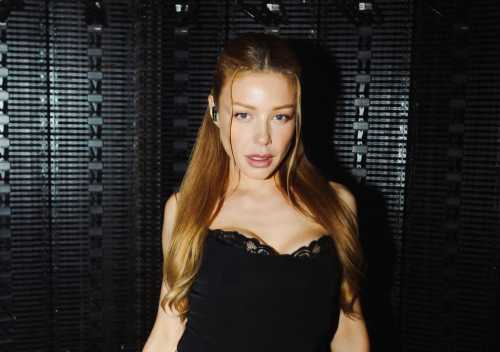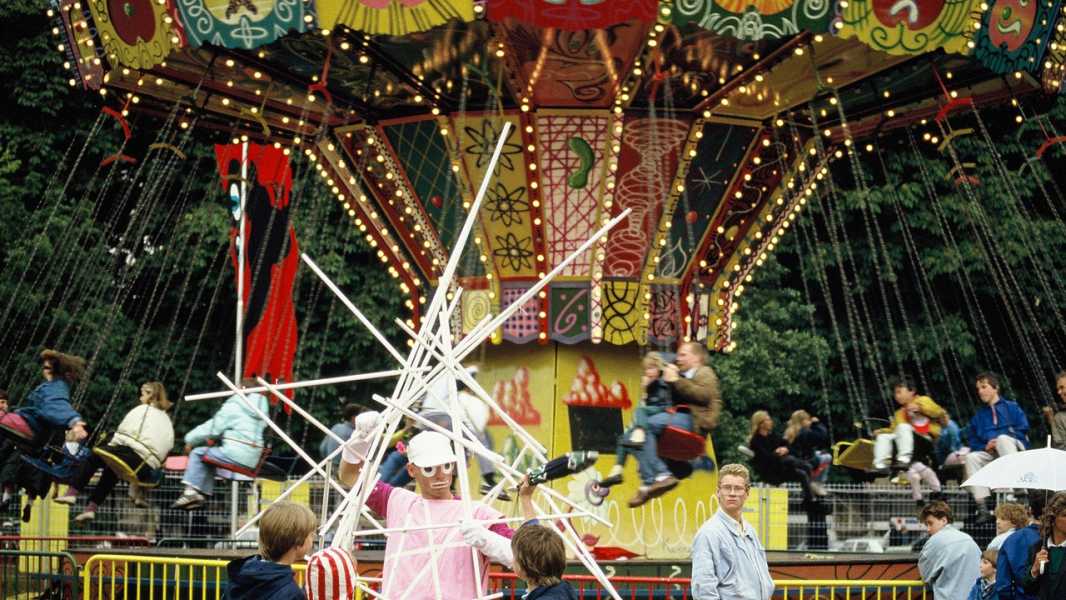
Save this storySave this storySave this storySave this story
Jackson Arn
The New Yorker’s art critic
You’re reading the Goings On newsletter, a guide to what we’re watching, listening to, and doing this week. Sign up to receive it in your in-box.
I don’t know what Werner Herzog is up to these days, but if he’s between projects, I humbly suggest that he make a documentary about Luna Luna, the Hamburg amusement park that took more than ten years to put together, included attractions designed by Dalí and Basquiat and Haring and Hockney, and spent thirty-five years in shipping containers. It’s now been partly reassembled at the Shed, for the exhibition “Luna Luna, Forgotten Fantasy,” through Jan. 5.
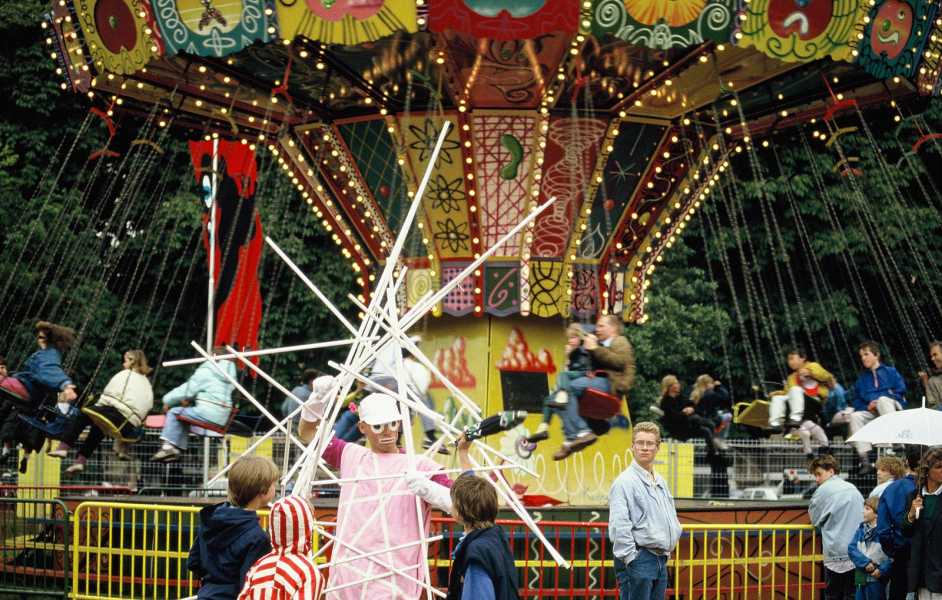
Luna Luna in Hamburg, Germany, in 1987.
Photograph by Sabina Sarnitz / Courtesy Luna Luna
The park’s Fitzcarraldo, a poet-songwriter-pop star named André Heller, was born in Vienna in 1947 and spent much of his thirties persuading artists to decorate rides. Haring slathered a merry-go-round in melty cartoons; Basquiat dressed a Ferris wheel in his customary graffiti. The park opened to the public in 1987, largely funded by a gossip rag, and stayed that way for a summer. Whatever else it was or wasn’t, it was a masterpiece of networking—Heller used his connections to Dalí and Warhol to recruit a veritable Ocean’s 11 of famous artists young and old, European and American, even if the total number who contributed anything within a thousand miles of their best work was approximately zero.
There is art that fascinates because of what it is, and there is art that fascinates because of its backstory. If toilet humor is your thing, a visit to the Shed will not disappoint: the caricaturist Manfred Deix made an absurdist façade depicting figures farting in one another’s faces, and Daniel Spoerri, who died earlier this year, turned the park’s bathrooms into mock Nazi headquarters crowned with sculpted mounds of shit. I’d trade it all for a chance to have seen the look on Heller’s face when the shipping containers were finally opened, in 2022. “I’m so sorry,” he is reported to have told the objects inside. “Please forgive me.” Werner, where on earth were you?

About Town
Indie Rock
Few bands have come storming out of the gates quicker than Interpol, a bastion of indie music in New York during the early two-thousands. The band’s début album, “Turn On the Bright Lights” (2002), which came at the crest of the post-punk revival, felt like a paradigm shift, fiercely rhythmic, vaguely melancholic, and a bit melodramatic. The subsequent Interpol records—“Antics” (2004) and “Our Love to Admire” (2007)—only bolstered the band’s epic bona fides with more locked-in, thrumming arrangements and bolder hooks from the singer Paul Banks. By the time one of the band members left, in 2010, Interpol had already become a monument of its era; the band taps into that history as it winds down a tour celebrating “Antics” turning twenty.—Sheldon Pearce (Brooklyn Steel; Dec. 3-4.)
Classical
Fretwork, the early-music ensemble and self-described “consort of viols,” made its Carnegie Hall début back in 2012, during a season that was opened by Yo-Yo Ma. This winter, the two are programmed on the same night. At Carnegie’s Zankel Hall, Fretwork reunites with the renowned British countertenor Iestyn Davies, to share selections from their collaboration “Lamento,” with the early-music specialist Silas Wollston on organ and virginals. A skip away, in the Stern Auditorium, Yo-Yo Ma returns to his well-worn spot as a soloist, playing Dvořák’s emblematic Cello Concerto in B Minor with the Czech Philharmonic. Patrons will have to make a choice, but there isn’t a bad one.—Jane Bua (Carnegie Hall; Dec. 3.)
Dance
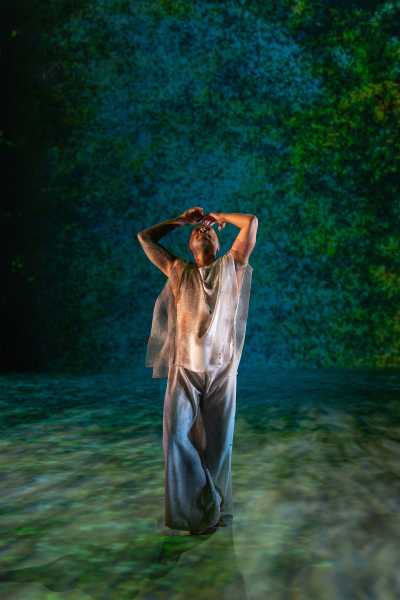
Kyle Abraham, in “Dear Lord, Make Me Beautiful.”
Photograph by Alex Sargent / courtesy Park Avenue Armory
Even for the highly successful choreographer Kyle Abraham, who makes dances for companies around the world, the Armory represents a huge canvas. For “Dear Lord, Make Me Beautiful,” Abraham fills the massive Drill Hall with sixteen dancers, moving in the sensual, urban, and gestural style for which he is known. Despite the epic surroundings, his subject is intimate: the passage of time, the joys and the loss that come with age. For the first time in recent years, Abraham himself will dance. There is no greater, nor more subtle, interpreter of his silken movement phrases than Abraham. The dance is complemented by immersive visuals (by Cao Yuxi) and music by the contemporary ensemble yMusic.—Marina Harss (Park Avenue Armory; Dec. 3-14.)
Broadway
In our moment of A.I. anxiety, Hue Park and Will Aronson’s musical “Maybe Happy Ending” has the audacity to suggest that bots have feelings, too. Granted, the models depicted haven’t been invented yet, but the Seoul inhabited by Oliver (Darren Criss, marvellously machinelike yet loving) and Claire (Helen J Shen), two obsolete “Helperbots” consigned by their human owners to a retirement home for sentient machines, isn’t hard to picture. That’s thanks in part to the sleekly designed production, particularly the canny video projections, whose black-and-white renderings of the Helperbots’ memories give the futuristic technology the shimmer of nostalgia. The whole show, under Michael Arden’s adventurous direction, revels in such juxtapositions while exploring what robots are capable of feeling for their owners, owners for their robots, and robots for one another.—Dan Stahl (Belasco; open run.)
Art
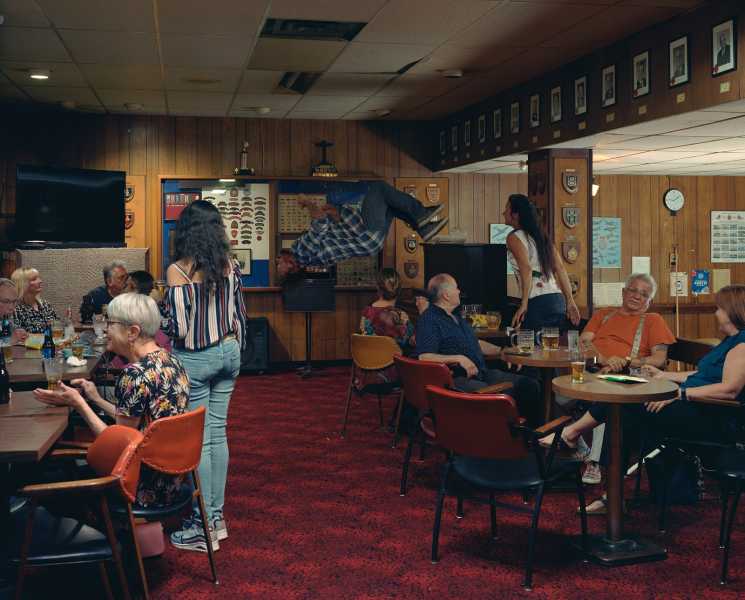
“In the Legion,” 2022.Photograph © Jeff Wall / Courtesy Gagosian
Staged photography, the large-scale cinematic style that dominated the medium at the turn of the millennium, has seemed exhausted, if not dead, for some time now. But Jeff Wall, one of its most accomplished proponents, is here to remind us how sharp and engaging it can be. In a show of new and old work, including three small early landscapes in light boxes, the most arresting images slip between fact and fiction so convincingly that they feel like remembered dreams or forgotten fairy tales. In one, a gray-haired woman sits, about to darn a sock, in a bookstore aisle; in another, a dazed, shirtless man sprawls on the ground, surrounded by a menacing crew. Nothing here looks gimmicky or overproduced, and the knockout picture is the simplest: a colossal black-and-white portrait of a young guy, soaking wet, a pathetic Everyman, at once defeated and heroic.—Vince Aletti (Gagosian; through Dec. 21.)
Movies
“A Traveler’s Needs,” the third collaboration of Isabelle Huppert and the South Korean director Hong Sangsoo, is the sparest and most idiosyncratic of the trio. Huppert plays a French woman named Iris, who recently arrived in Seoul and is teaching French with an original method, insistently questioning her students (in English) and transforming their personal confessions into poetic reveries, in French, which she has them study. But Iris herself is a mystery—her younger students are open to her probing curiosity, but middle-aged people (including her roommate’s mother) are skeptical of her motives. As Hong evokes the risks of a life lived artistically, Huppert, with energy and determination, invests a restless creative drive with blunt force.—Richard Brody (Film Forum and Film at Lincoln Center.)
P.S. Good stuff on the Internet:
- Long live the Notes app
- Cher on Sonny
- The greatest love of all
Sourse: newyorker.com

